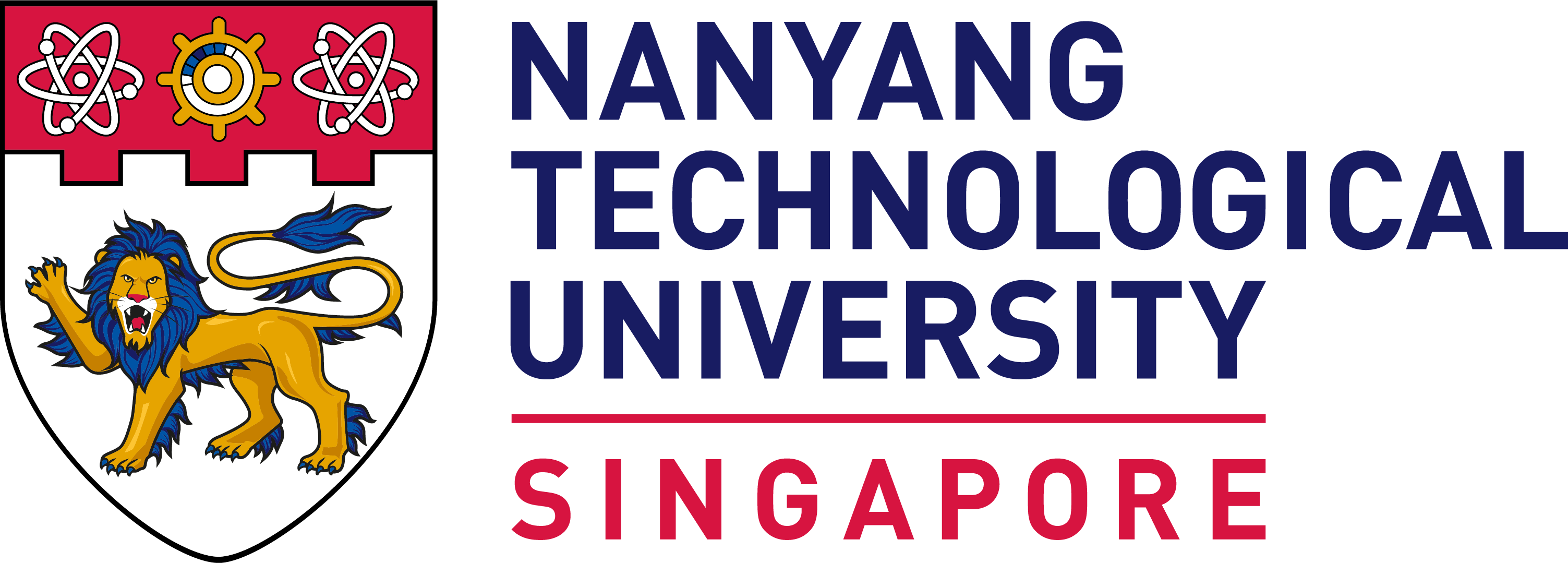Optical Interaction between Metal and Semiconductor Nanoparticles and Its Implication for Photocatalysis

Abstract
Metal and semiconductor quantum dots (QDs) exhibit unique size and composition dependent optical properties. The key elements that determine their optical properties are localized surface plasmon resonance in metal nanoparticles and excitons in quantum dots. When the two components are combined in one structure, the plasmon-exciton interaction alter the emitting properties of the QDs and metal-semiconductor junction facilitate electron transfer. In part I, when single QDs are placed near Au nanoparticles, their exciton/multiexciton emission lifetimes and quantum yields are modified. And the enhancement in biexciton emission and shortening of exciton lifetime depends on the excitation wavelength. These studies suggest that plasmonic structures can be used to modulate the exciton/multiexciton emission efficiency of QDs. In part II, hybrid metal-semiconductor nanostructures were synthesized and used as photocatalysts. Time-dependent fluorescence and ultrafast transient-absorption spectroscopy were applied to study the exciton recombination and charge-separation process in these nanomaterials. The spectroscopic results revealed the rates of these processes and how they affected photocatalysis.
Biography
Dr. Jing Zhao is currently a Professor in the Chemistry Department at University of Connecticut. Dr. Zhao received her BS degree in Chemical Physics from University of Science and Technology of China in 2003. She received her PhD in chemistry from Northwestern University in 2008 under the supervision of Profs. George Schatz and Richard Van Duyne (deceased) studying plasmon-molecular resonance interaction. After that, she joined the research lab of Prof. Moungi Bawendi (2023 Nobel Laureate in Chemistry) at Massachusetts Institute of Technology as a postdoc working on fluorescence spectroscopy of single quantum dots. She became an assistant professor at UConn Chemistry in 2012 and was promoted to Professor in Spring 2024. She obtained the NSF Career Award in 2016, was highlighted as emerging investigators by Materials Frontiers Chemistry, Journal of Materials Chemistry C in 2018, and won the Nano Research Young Innovators Award in Nanoenergy in 2019. Her current research interest includes plasmon-exciton interaction, electron and energy transfer from quantum dots to molecular acceptors, synthesis of metal and semiconductor nanoparticles, and their applications in catalysis and biological sensing and imaging.

